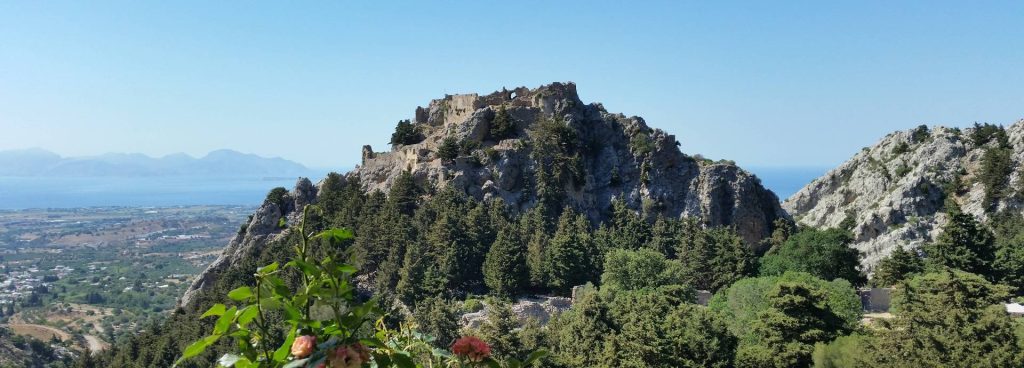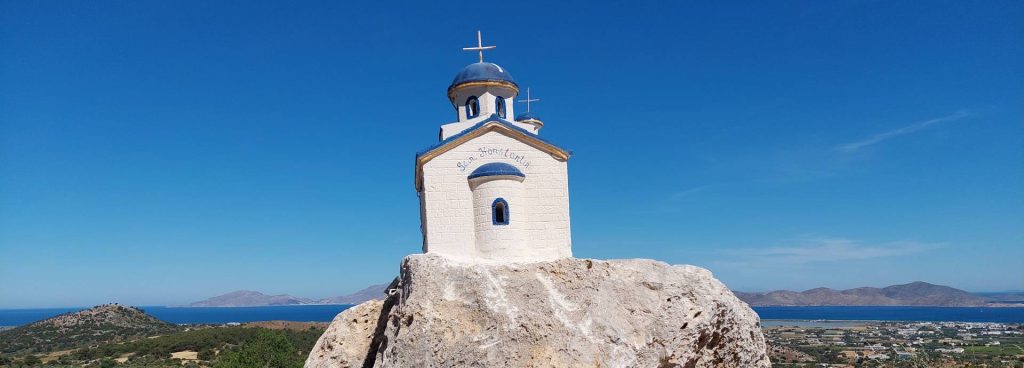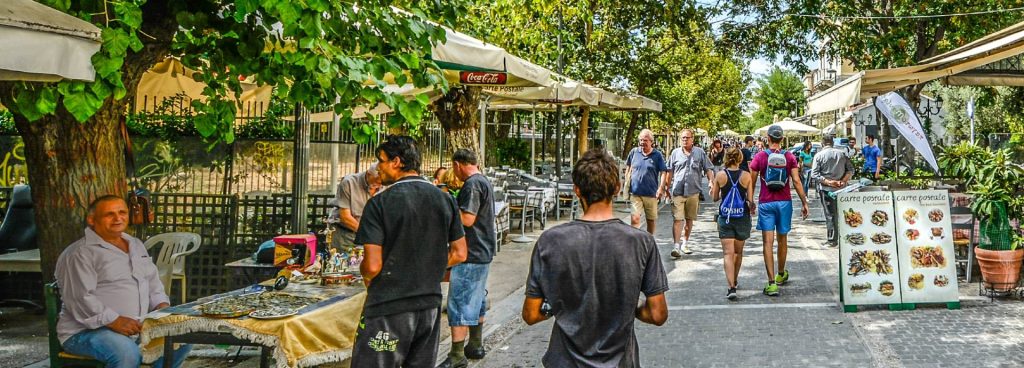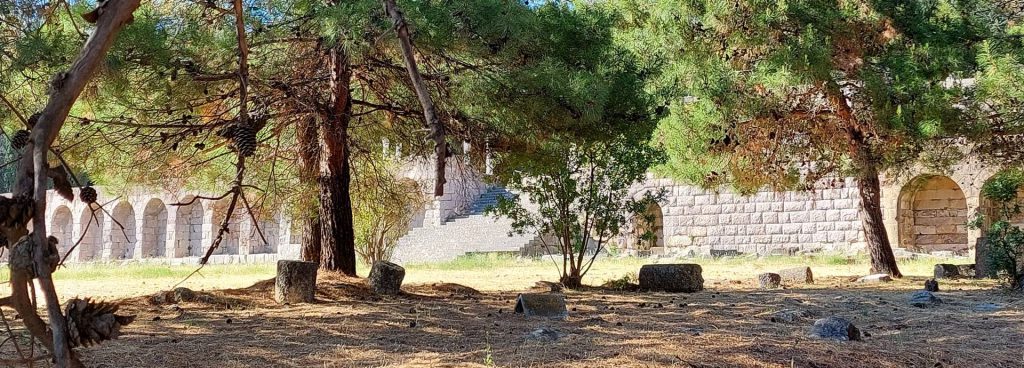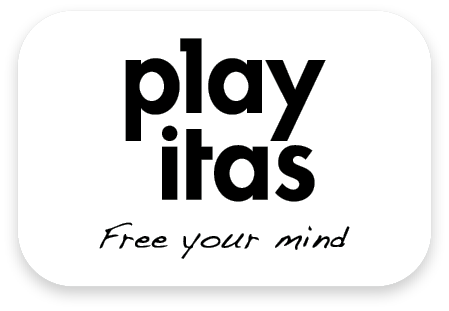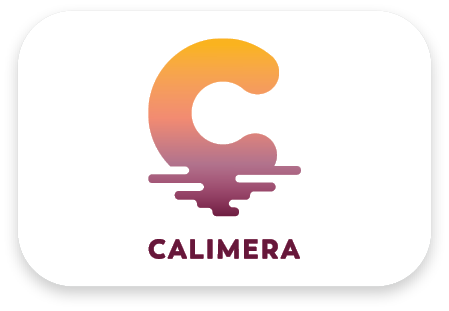Some interesting facts about the island of Kos and its people
Country & people
Greece borders with Albania, Bulgaria, the former Yugoslavia and Turkey. The national border is around 1.200 km long.
The length of the coastline is more than 15.000 km, with the strongly indented coastline of the mainland being almost 4.000 km long.
The westernmost of the Greek islands is Corfu, the southernmost the island of Gavdos near Crete, the easternmost is Kastelorizo, the northernmost Thassos.
The total area of Greece is about 132.500 km² and is divided into the mainland and about 1.300 islands, which make up about a fifth of the total area, of which 167 are inhabited. About a third of the approximately 9 million inhabitants of Greece live in the capital Athens. The residential density is 70 inhabitants on 1 km².
The highest point, Mount Olympus at 2.917 m, is in northern Thessaly.
Greece's geographic nature - the alternation of high mountains and deep gorges, fertile valleys and sandy bays on the shores of the Ionian and Aegean Seas - ensures a constantly changing landscape. The sunny, Mediterranean climate and the many archaeological evidence of the past, but above all its hospitable inhabitants, make Greece an ideal holiday destination.
Kos and its history
The early history of the island of Kos was drawn from the ancient Pelasgians, from the farming and handicrafts of the Carians, from the Achaeans, who brought with them the cult of Asclepius (14th century BC) and finally by the Dorians (from the 11th century BC). Century), in the age of which agriculture and trade flourished and a strong fleet was formed.
In the 7th century BC Kos joined forces especially with the Rhodian cities and the nearby, Asian Minor Halicarnassus to form Hexapolis, the Doric six-city alliance, which pursued political, economic and religious goals alike.
Astypalaia in the south of the island was the capital of a region organized according to democratic principles and the center of a lively intellectual and artistic life for over 500 years, until 412 BC. a terrible earthquake destroyed the city. In the north of the island, where the cult of Asclepius had been practiced for centuries, the new city of Kos was born.
After the Persian Wars in the 5th century BC. Kos became a member of the Athens confederation and remained - with short interruptions - allied to the Athenians in their fight against Sparta even during the Peloponnesian War.
Around 468 BC. A golden age begins for Kos, which lasts from the reign of Pericles to that of Alexander the Great. The birth (460 BC) and work of Hippocrates also fall into this period. The Hippocratic Oath (of which it is not certain whether it really comes from Hippocrates) is no longer taken in its original form, but it still has an influence on the formulation of current alternatives.
A friendly relationship with the Ptolemies and subsequently also with Egypt followed in 130 BC. the capture of the island by the Romans.
After the apostle Paul had already proclaimed the new religion of Christianity on Kos, with the division of the Roman Empire Kos came under the influence of Byzantium and experienced a new heyday, committed to early Christianity.
In the 13th century Kos was occupied by the Venetians and in the 14th century it came under the rule of the Johanniter, a powerful crusader order, for more than two centuries.
After a long and bloody conflict, the Turkish rule began in 1523, which is held responsible for the collapse of the economy as well as the fiscal and intellectual oppression.
Even the Italian takeover from 1912 onwards did not bring any improvement for the islanders.
After times of German and English occupation, the entire Dodecanese, including the island of Kos, was handed over to Greece in 1947.
Hippocrates & Co.
There are many stories and legends about the most famous son of Kos. Not everything that has come down to us really corresponds to the facts (it is still not certain whether it was really Hippocrates who formulated Hippocrates' oath). It is true, however, that this famous man lived and worked on Kos and that many of his findings are still valid today and some things on the island are reminiscent of him.
Hippocrates, the most famous of the ancient Greek doctors, was born on Kos in 460 BC. Born the son of a doctor and died at the age of more than a hundred in Thessaly.
He had a wide range of education and traveled widely. His scientific discoveries upset the priesthood and Pericles summoned him to Athens during a cholera epidemic.
The medical teachings he developed over his long and fruitful life are still recognized today. The International Hippocrates Foundation, founded in 1960, is based in Kos.
The plane tree
One of the oldest trees in Europe grows near the port excavations, in the forecourt of the Lozias Mosque. Its branches, in the shade of which Hippocrates is said to have taught his students, are now supported by scaffolding.
The Asklepion
The history of the establishment of the Aesculapian sanctuaries is lost in the depths of the centuries. Around 300 such places of worship in honor of the god Aesculapius, the son of Apollo, were known in antiquity, including those of Epidaurus, Ephesus and Kos. The ruins of the Asclepion of Kos are about 4 km from Kos town and were discovered at the beginning of the 20th century by German archaeologists who followed the advice of the Greek historian Strabo.
It must have been an ornate complex on a large scale that included several temples and a medical center.
During the construction of the Aesculapian temple in the 3rd century BC. Hippocrates (5th century BC) is said to have worked in the medical center.
Hippocrates' oath
I swear by Apollo, the doctor, by Asklepios, Hygieia and Pankaia and by all gods and goddesses by calling them to witness that I will fulfill this oath and these my obligations to the best of my ability and understanding:
That I will respect the one who has instructed me in this art, my parents immediately; Furthermore, to share his life's fate, to grant him what he needs on request, to keep his genealogy like my brothers, to teach them this art, if they want it, without remuneration and reservation, and regulations, colleges and to share the entire subject matter with my sons, as well as those of my teacher and the students who are registered and obliged to comply with medical law, but not to anyone else.
I will take dietary measures for the benefit of the sick to the best of my ability and understanding, but if they are threatened with harm, I will try to protect them from them.
Nor will I give any such advice to anyone, even if upon request, to administer a lethal drug; likewise, I will not give any woman an abortion. I want to shape my life louder and pious and practice my art. Nor do I want to perform any intervention by cutting, not even with stone problems, but will leave this task to those whose job it falls.
In all the houses I come to I want to work for the benefit of the patients, to keep away from any deliberate and harmful injustice, but especially from sexual intercourse with men and women, free people and slaves.
But what I see or hear during the treatment, unless it is to be told further, I want to keep quiet and keep it as a secret.
If I now fulfill this oath without breaking it, then may a happy life and a happy practice of art be granted to me and I may always be honored by all people. But if I transgress it and perjury, let the opposite happen

